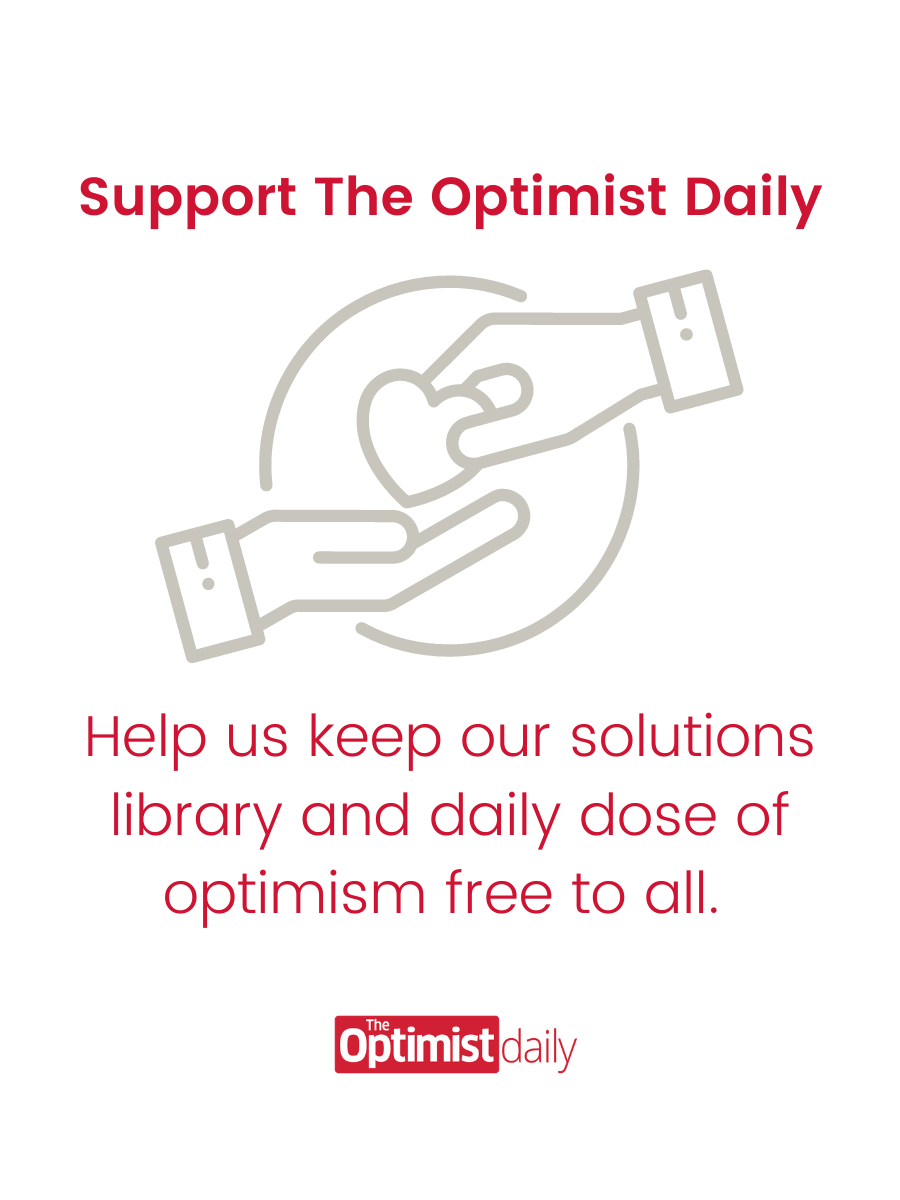For women with low-risk pregnancies, delivering their babies at home with a midwife is as safe as delivering in a hospital, according to the largest study of planned home birth ever conducted in the United States. The likelihood of pregnant women undergoing interventions including epidurals, vacuum- or forceps-assisted deliveries, and caesarean sections was also dramatically lower for home births than hospital births.
Although only about 1% of all births in the United States take place outside of a hospital setting, the number of women electing to have a home birth is rapidly increasing. For many women, this choice is based, at least in part, on the high rate of interventions used in hospitals. The Midwives Alliance of North America Statistics Project (MANA Stats) analyzed the clinical histories of 16,924 planned home births from 2004 to 2010. Among these women, fewer than one in twenty had pitocin to speed up their labor and/or an epidural for anesthesia, while in hospital-based studies, more than one in four women has pitocin and two in three have an epidural.
Similarly, the rate of caesarean section in the MANA Stats study was 5.2%, compared to over 30% in the general US population. Overall, 89.1% of women who began labor at home successfully delivered their babies at home, and the rates of maternal and fetal complications were comparable to or lower than those observed in hospitals. Although the risk profile for higher-risk pregnancies still requires more analysis, the data from this large-scale study clearly support the use of midwife-assisted home deliveries to achieve the best possible outcomes for mothers and babies in low-risk pregnancies.
(Source: J Midwifery Womens Health. 2014 Jan 30. doi: 10.1111/jmwh.12172.)
Photo: Flickr/ Jason Lander












